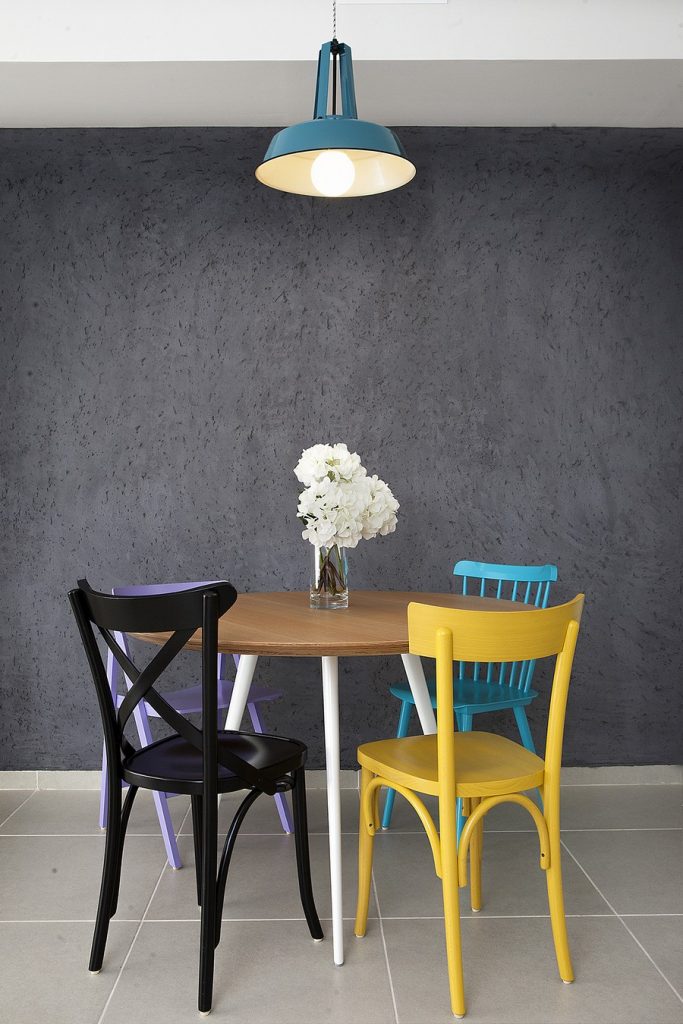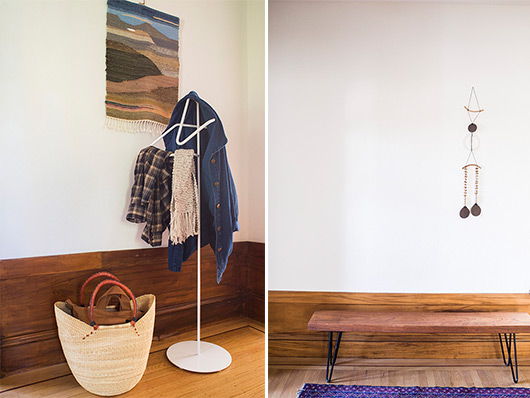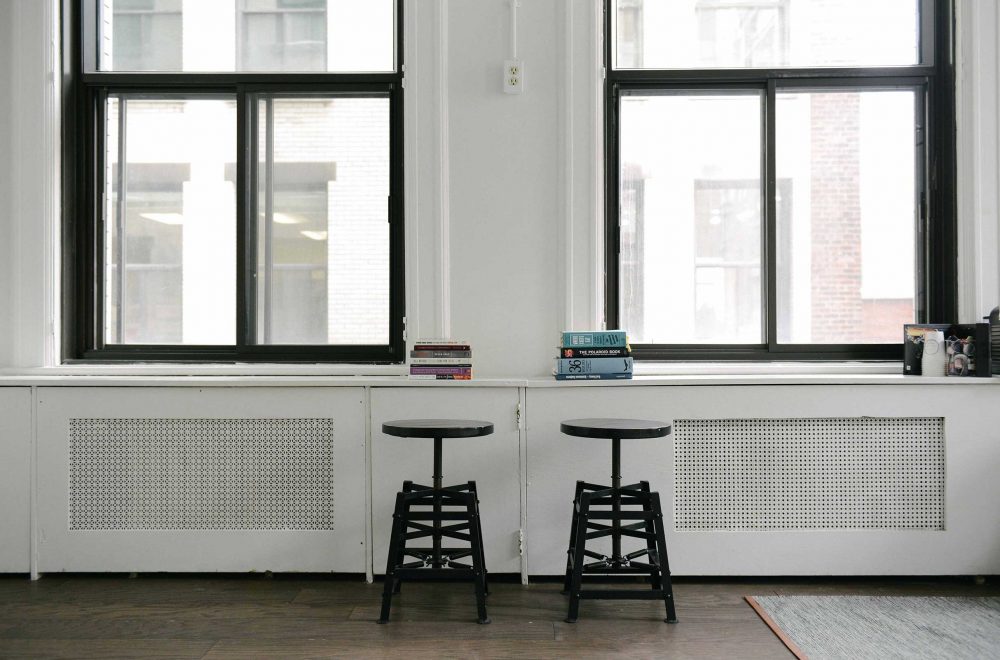As much as we enjoy all the pretty things, there’s something to be said for reducing the number of items we bring into our lives. First of all, it costs money to acquire all those pretty things. Second of all, stuff has a tendency to stealthily accumulate – in the forgotten corners, the way-high-up shelves, the dark side of the coffee table – until one day you find yourself with more stuff than any style is suited for.
This budget-sapping accumulation is often a symptom of a broader design issue. In a good-faith effort to achieve a sense of completion, we blindly scoop up any furnishings that we think might finally tie our spaces together. The thing to realize is, most of the time, it’s not stuff that’s missing. What we need is a cohesive and actionable understanding of the room’s potential.
If you’re yearning for the feeling of a finished room but don’t have the budget or desire to accumulate all the things, then a minimalist design might be right for you.
Keep these guidelines in mind when using the principles of this efficient aesthetic to your advantage.
The Minimalist Shopper

Yes, even a minimalist space will require some shopping. So if you’re going to live in an austere pad, you might as well adopt some conservative shopping habits.
- Wait for it! So you found a pretty thing. Tell yourself, “I can have this if I still want it in 20 minutes, or one day, or a week.” This isn’t just a tip for taming your design budget – this is the life of an everyday minimalist.
- Shop with purpose. Have you ever gone grocery shopping when you were so hungry that you couldn’t quite decide on what you were making for dinner, so you just bought whatever looked tasty? #avocadohotdogcasserole. If your room recipe is “minimalist,” have a designer help you make a list, and then stick to it.
Delight Is In The Details

{Freshome.com}
You’ve seen the photographs: stark color palettes with little to no color accents. Uh huh, we’ve had style crushes on many of these neat and tidy designs, but we like to advocate for the occasional use of color, because you don’t have to live in a colorless box to go minimal. In fact, your sparse focal points will flourish when paired with the right accents. To get details working in your favor:
- Strive to compliment some of your larger pieces, like kitchen tables and sofas, with smaller items that vary in shape and color. Used, unmatched chairs from the thrift store fit well in a sparse setting.
- Incorporate small touches and designs that might go unnoticed at first glance, but that contribute to the richness and texture of the room without adding a feeling of clutter. A simple embroidered heirloom or long-forgotten trinket might do the trick.
The Difference Between Minimal And Empty

{Sfgirlbybay.com}
Some minimally designed spaces are stunning, rich in sophistication, and pleasing to the eye. And some minimally designed spaces are, let’s face it, just empty rooms. The ability to distinguish between these spaces is key in developing a space that goes easy on the wallet. To keep your simple space engaging, try to:
- Focus on balance, proportion, and harmony. Limit your furnishings to items that won’t stick out as too big or too small. You can accomplish this by measuring your space and shopping for furniture and decor with a mind toward visual weight. And if you’re going to break the balance, do it intentionally.
- Understand the natural light you’re working with. Light is an integral design element, especially when you’re designing for a minimal space. Window treatments can help to direct or diffuse light while a bare window might provide the illumination necessary for a workspace. Either way, embracing natural light will keep you from splurging on multiple light fixtures.
A tidy, minimalist approach to home design can be both rewarding and easy on the budget. Some minimal spaces are cool, some are cozy, and some are downright gorgeous. It’s important to know what you’re comfortable with, which all starts with knowing your style.

